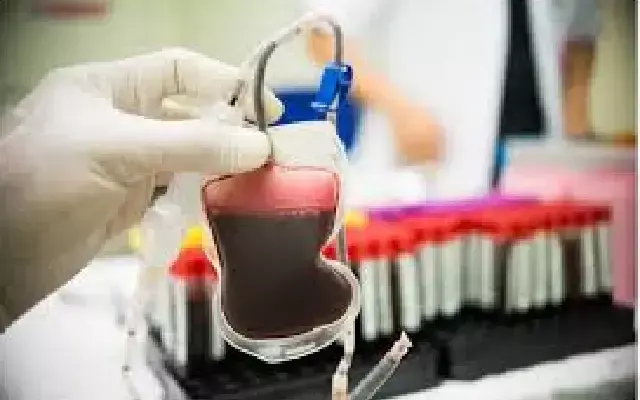
Study Reveals Women Far Less Likely to Receive Life-Saving Blood Transfusions
As humans, we often take our health for granted until we face a medical emergency. Traumatic injuries, in particular, can be devastating, leaving a trail of destruction in their wake. When it comes to trauma care, every minute counts, and timely medical interventions can be the difference between life and death. A recent study by scientists at the University of Pittsburgh School of Medicine has shed light on a disturbing trend in trauma care: women are significantly less likely to receive life-saving blood transfusions in the first four hours of hospitalization.
The study, published in the Journal of Trauma and Acute Care Surgery, analyzed data from over 3,000 patients who had undergone trauma care at a Level 1 trauma center. The researchers found that, despite the proven benefits of low-titer O whole blood (LTOWB) transfusions for both men and women, traumatically injured women were less likely to receive this critical treatment within the first four hours of hospitalization.
Low-titer O whole blood (LTOWB) is a type of blood product that contains a specific type of antibody, which helps to prevent the transmission of certain blood-borne diseases. Additionally, LTOWB has been shown to be effective in reducing the risk of bleeding and improving outcomes for patients with traumatic injuries. In fact, a previous study published in the New England Journal of Medicine found that patients who received LTOWB within two hours of admission had a significantly lower risk of mortality compared to those who did not receive the treatment.
So, why are women less likely to receive LTOWB transfusions? The researchers behind the study suggest that several factors may be at play. One possible explanation is that women are less likely to have blood type O, which is the most common blood type. As a result, medical providers may be less likely to stockpile LTOWB, leading to a shortage of this critical treatment.
Another factor that may contribute to the disparity is the gender bias that exists in many healthcare settings. Unfortunately, women are often undertreated in emergency medicine, and this study may be a reflection of this broader issue. Additionally, the researchers note that the trauma care team may be less likely to consider LTOWB transfusions for women due to a lack of awareness about its benefits or a lack of training on how to administer the treatment.
The consequences of this disparity are severe. Women are more likely to die from traumatic injuries than men, and this study suggests that part of the reason for this disparity may be due to inadequate trauma care. By failing to provide LTOWB transfusions to traumatically injured women, healthcare providers may be compromising their chances of survival.
So, what can be done to address this disparity? The researchers behind the study recommend that trauma care teams prioritize the administration of LTOWB transfusions to all patients, regardless of gender. This may involve increasing the availability of LTOWB in emergency medicine settings and providing training to medical providers on how to administer the treatment.
Additionally, healthcare providers should be aware of the gender bias that exists in trauma care and take steps to address it. This may involve implementing gender-sensitive trauma care protocols and providing education on women’s health to medical providers.
In conclusion, the study’s findings are a stark reminder of the importance of providing equitable trauma care to all patients, regardless of gender. By addressing the disparity in LTOWB transfusions, we can help to improve outcomes for traumatically injured women and reduce the risk of mortality.
Source:





